The battle for Hastings: Is it a dumping ground for the dispossessed or ripe for gentrification?
How should we think of this faded coastal town - and all the others like it? There's room for all sorts beside the seaside, discovers Hastings newcomer Tom Blass
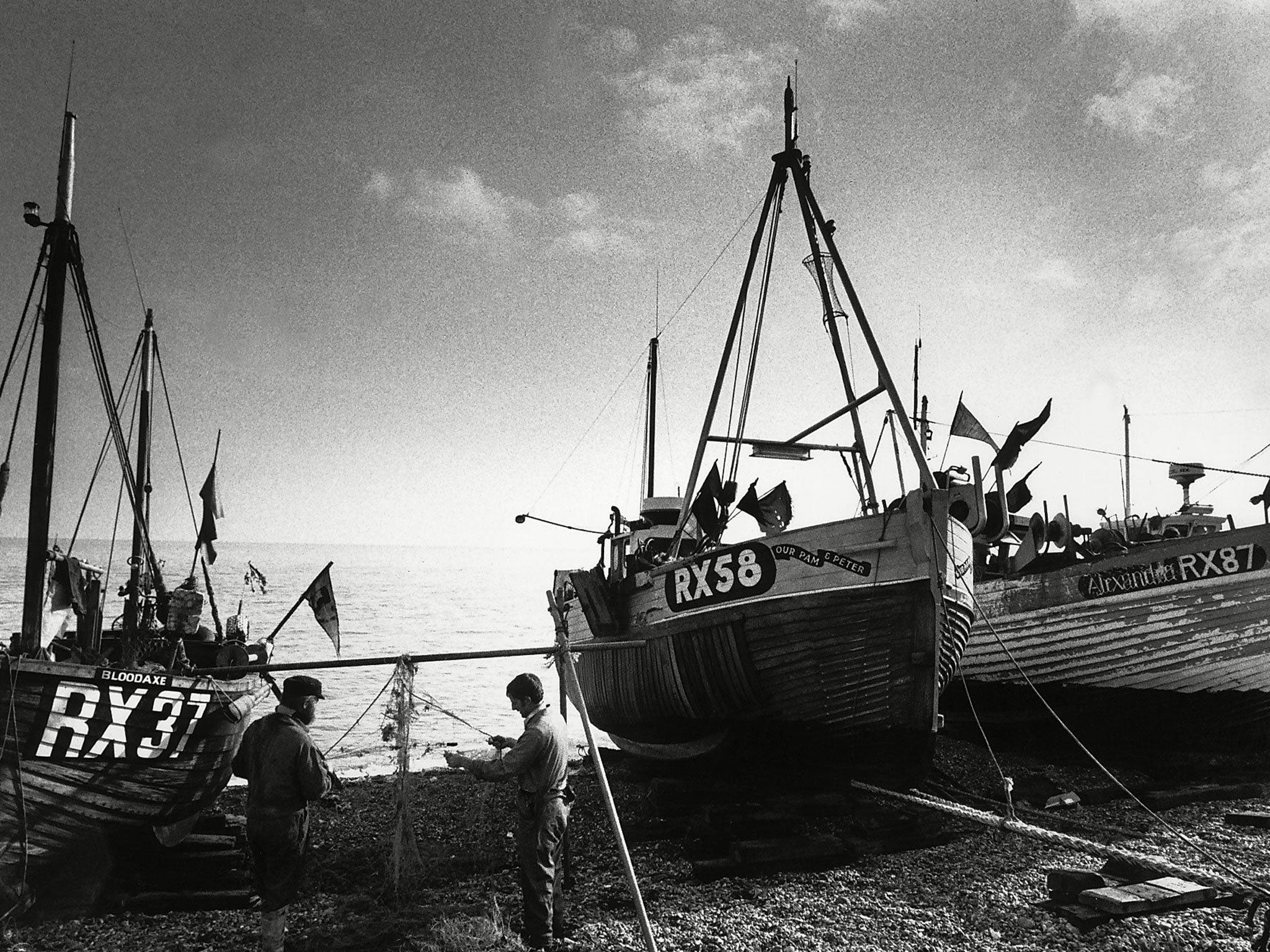
I had meant to start this essay by painting a picture of the junction of Norman Road and London Road in St Leonards, just a mile or so away from where I live. The idea was to point out that within a sneeze of the intersection could be found: a cut-price booze and fag shop, a Russian art gallery-cum-arthouse cinema, and a not-so-cut-price booze shop where posh alcoholics (mea culpa) quibble over vintages and strut their beards and brogues.
To the south, I was going to write, lies the sea, "glinting like beaten gold, or snot-coloured and scowling depending on its mood", and to the north, "the giant engine of London, from which so many of us have been so inelegantly flung". The idea was to convey the notion of the seaside being "at a crossroads", but it didn't work, really, so I jettisoned it. Well, not entirely.
We all know about the seaside town, its faded glories and muddied stucco, its boozy day-trippers and dysfunctional residents: these are the new tropes overlaid upon the palimpsest of their predecessors, the kiss-me-quick hats, co-respondent shoes and donkeys. And bringing up the rear are the hallmarks of the Seaside Reborn: boutique and retro shops, state-of-the-art skate parks and Farrow & Ball: bright daubings of optimism splashed about by those who Want To Make Things Better.
It's all a bit of a muddle – but it's a muddle that's on the agenda: attracting PhD theses and think-tanks and feature writers who swoop down from slick, preening London to goggle at the blight and marvel at the light, setting their powers of description loose on the out-of-town misery juxtaposed against the mutable, immutable glories of sea and sky.
Here's Michael Smith, of The Guardian, writing on my own adoptive home town: "Next to the rusted, buckled legs of the burned pier, there's an incredible, mile-long concrete colonnade; crumbling, piss-stained, daunting, haunted by smackheads and rough drinkers, known as Bottle Alley. It has the feel of an abandoned Cold War structure, a ruin from a past civilisation whose meaning has become obscure and mysterious."
Everything he says is half-true: "Bottle Alley" is only half a mile long; the name wasn't locally coined to epitomise its alcoholic associations but because the rear wall is glazed with broken bottles. And above it is a promenade, the sight of which of an early summer's evening, when cyclists and joggers and buggy-pushers and – well, promenaders – avail themselves of the opportunity to be beside the sea beneath a canopy of sky, is more intoxicating than the Special Brew consumed beneath.
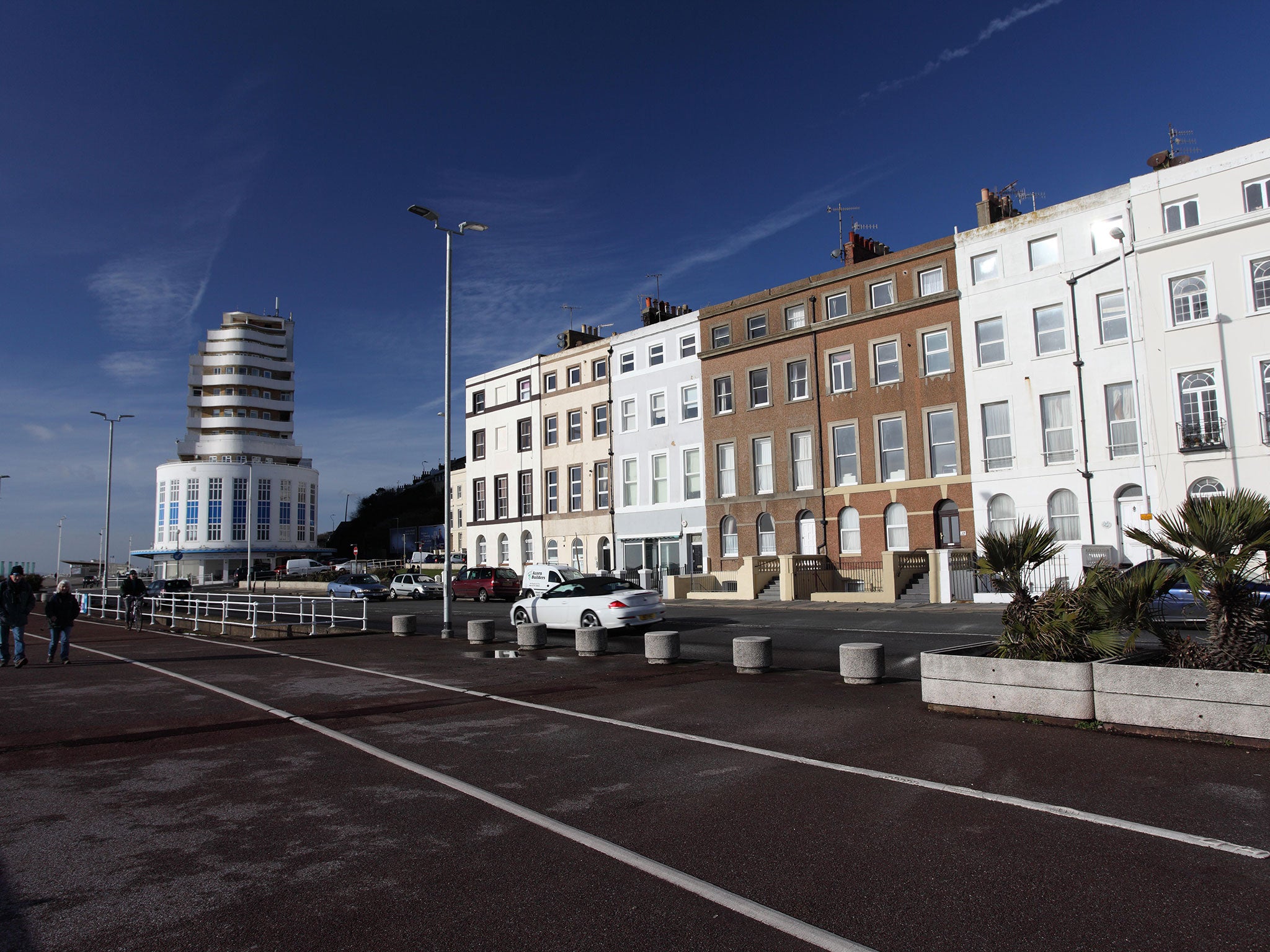
Had Michael only asked (and had I the courage to move to Hastings by the time he'd visited), I could have taken him on a walking tour from which he would emerge unblemished by infelicities – and quite possibly nosing in the window of an estate agency. It would have been a blinkered half-lie, but different from his.
Still, the numbers tend to bear him out: seaside towns have high levels of unemployment and substance abuse, teenage pregnancy and benefits dependency, as well as low levels of educational attainment and professional qualifications. There is a minister for Coastal Communities (but no minister for, say, Spa Towns); substantial development grants are awarded (not always making any obvious impact); and think-tanks are commissioned to investigate and make recommendations, such as the Turning the Tide report, published by the Centre for Social Justice in 2013. It concluded that "both larger and smaller seaside towns are, on average, more disadvantaged than England as a whole", and that "the proportion of working-age people on out-of-work benefits in the five towns considered here ranges from 19 to 25 per cent (against a national figure of 11.5 per cent for England, Scotland and Wales)". In the seaside town of Rhyl, that figure was almost 70 per cent.
One common denominator is a long-held charge against some councils – and their alleged collaborators, local landlords – that they've used seaside towns as "dumping grounds" for people whom they'd otherwise have to house at greater expense in their own boroughs – resulting in visible social and personal dislocation. The Turning the Tide report says: "Vulnerable people such as children in care and ex-offenders have been moved in as authorities take advantage of low-cost housing as large houses have been chopped into houses in multiple occupation [HMOs]."
Almost the flagship of such a phenomenon is Hastings's Devonshire Road, close to the station. An unkempt terrace of Victorian houses, the pavements are typically strewn with rubbish, and police and social workers are frequently in attendance. A couple of weeks back, the Hastings & St Leonards Observer reported an incident there involving guns. Such events are by no means the Observer's staple fare – more indicative is the headline "St Leonards bin fire now put out" – but still, Devonshire Road is a depressing thoroughfare.
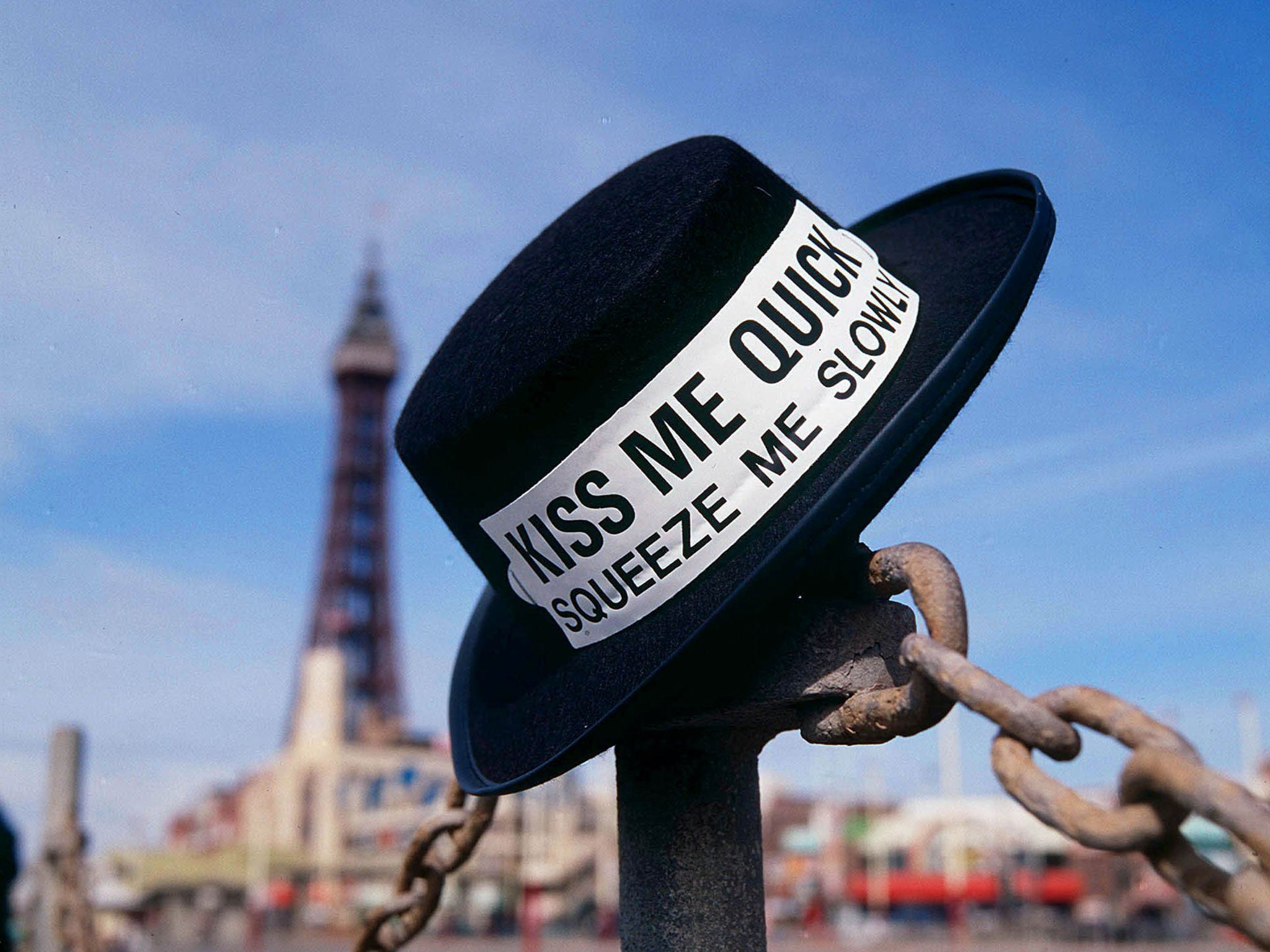
"Can't Something Be Done?" I asked a local councillor, who shook his wizened head and said: "It's difficult. There are so many different landlords and leases on Devonshire that there really isn't a lot we can do. And if we were to get rid of all the tenants, would we not then be guilty of 'moving them on'?"
"Broken people turn up in seaside resorts like Hastings, Margate and Blackpool because they've been flung to the edges. In all sorts of senses, there's nowhere further for them to go," says chief executive Jeff Kirby as we sit in the offices of his property development company, the Flint Group, which hovers above the town, its station, the old civic buildings, the super-cut-price houseware shop called ESK, and beyond the castle and the funicular.
Jeff studied architecture at the Bartlett School, part of University College London, before setting out in property development in his native Canada as well as "Germany, Turkey, Romania, Ukraine and Russia, through a vertically integrated platform including development, construction and fund management". His offices – from which can be seen the best panoramic views of Hastings in all its glorious shades – are truly "lofty": youngish-looking, well-dressed people listen to hip music and drink coffee, cocooned by funky interior design, cool prints and ambition.
Kirby's most visible project in Hastings is to take over the former offices and printworks of the Hastings & St Leonards Observer on Cambrige Road – the "Observer Building" – a rather grand late-19th-century edifice which, until its reopening last year, had been derelict since being abandoned three decades ago. His long-term vision was to refurbish the building entirely, creating 230 units of student accommodation (but also a restaurant, bar and art gallery). Meanwhile, he has generously made it available on a sort of pop-up basis as an exhibition space, bar and vintage market. It's more Berlin than Shoreditch, and a magnet for a DFL (down from London) like me.
Jeff is a Buddhist, which may be relevant in that, as he points out, it makes little sense from a purely commercial perspective to develop property in Hastings because the returns are so much lower than they are elsewhere; but, he says, he likes the town and there are things he can do here to make a difference.
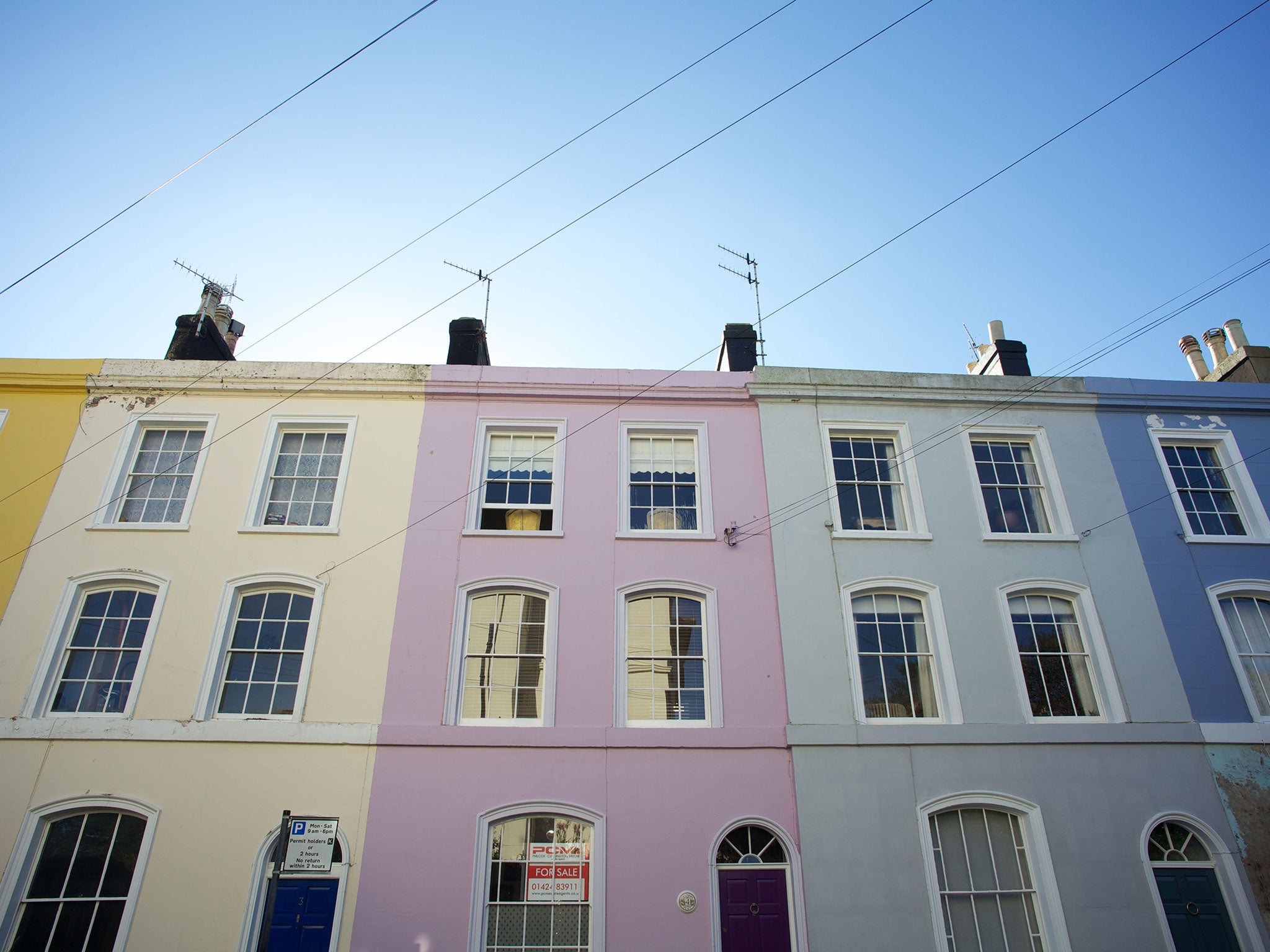
The vision for the Observer Building, however, was predicated on Brighton University – which has a campus in town – maintaining and growing its presence. And shortly after I met Jeff, the university announced that, on account of low demand for its courses, it would be commencing a phased withdrawal from Hastings over two years. Which came as a blow to almost everyone – not least, I expect, Jeff.
"If Brighton doesn't stay, we can't build the accommodation," he now says. "And to be frank, there are no obvious alternative uses for the space. If this was Shoreditch, we could turn it into luxury flats. But with property values as low as they are in Hastings...there isn't going to be any investor appetite for that."
So we return to the received narrative of How Things Came To This – in which seaside towns once thrived on the unfailing loyalty of visitors, who returned each year with the unswerving loyalty of swallows, until The Invention of Spain by Thomas Cook, and the swallows stopped returning. Except neither, say, Brighton Rock nor The Ragged-Trousered Philanthropist (set in a thinly disguised Hastings) describes an idyll – and the swallows still swoop over British shores. As Rob Green, of the snappily named Blackpool, Fylde & Wyre Economic Development Company, says: "Blackpool had 17 million visits last year." But he points out that "visits" is not the same as "visitors": some come only for the day by coach, and so contribute very much less to the local economy than if they were to stay for a week. The worst bring their own sandwiches.
He also points out that the local economy is only 20 per cent reliant on tourism, and that industry in the greater Fylde region is a more significant generator of revenue. And it isn't just that tourism can no longer be relied on – but actually, it was never terribly reliable in the first place, creating seasonal, low-skilled employment and peripatetic casual workers. Government figures released last year placed Blackpool as the seventh-most deprived town in the UK; in 2013, the Office for National Statistics claimed it was the most deprived seaside town, with more than 3,000 HMOs and all the attendant symptoms of social breakdown.
"There's a lot of surplus accommodation, and thus pressure to convert buildings to HMOs," Rob says. "And you can't really blame people, whatever their problems. Why shouldn't they go back to somewhere they have fond memories of? I can understand that…" But he puts his finger on something that might lie at the heart of this: the need for economic activity to regain relevance to its location. "We're starting to turn back to the unique geography of the area," he says, "looking at energy generation, anaerobic digestion, offshore wind projects, unconventional gas projects, and a plan to build a tidal barrage across Morecambe Bay."
Yes, he says, there's certainly a skills deficit, but that's something they're hoping to address through the creation of a specialist college to provide training for potential technicians and engineers – which will "tie in" with a nautical college at Fleetwood and bolster prospects for "thousands" of young people from 2017, endowing them with exportable skills.
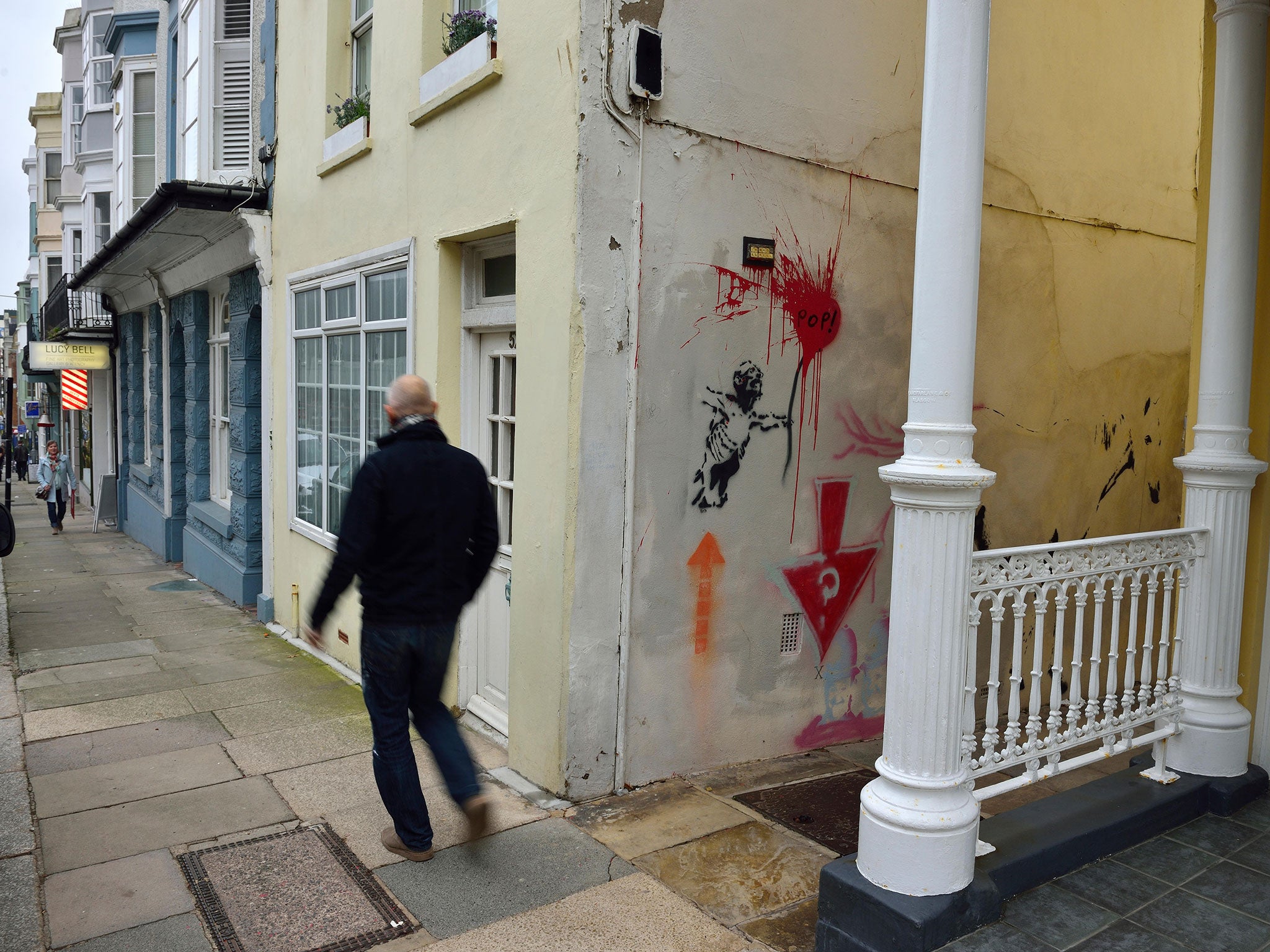
I like the idea of the colleges because I have a vision of how they might look – having visited, some years ago, the Skipperskole (does what it says on the tin), at the very tip of Jutland, in Denmark, and about which everything oozed a kind of boldness, but also appropriateness and professionalism. The building itself – situated, as the architecture company AART notes, "between the city and the sea overlooking the wild forces of nature" – is intended to express "the urge to travel and sense of adventure, which through history has characterised the men and women who chose the sea as their workplace". It could easily house an art gallery, even a Guggenheim. But I worry that such lavishness would one way or another not be possible in the UK.
Back in Hastings, possibly one of the most exciting developments since the building of the funicular in 1889 has been the opening of the Jerwood Gallery in 2012. It is about as unobtrusive as a modern, international art gallery could ever be, almost self-effacing in its efforts to blend with the existing fishermen's huts, low-rise and unostentatious. But before it was erected – on the site of a coach park – a vociferous opposition decried it as a death knell, a kind of monster that would rip apart the fabric of the community, because, they said, it would rob the fishermen of their livelihood and the coach visitors from the Midlands (via a day trip from Eastbourne) of the opportunity to buy pots of prawns and whatever other seafood it makes sense to acquire on a hot day in August far from the comfort of your own fridge.
But there lurks – in my mind, at any rate – the sneaking suspicion that much of the disgruntlement is class based, a kind of reverse snobbery betrayed in statements such as "I've got nothing against the arty-farties but…", said by a (highly educated, intelligent) source who explained at length why he thought the gallery was misplaced in sentiment and geography, and his corresponding nostalgia for the fumy delights it usurped.
There are, it seems, contradictory strands in the local outlook: on the one hand, proud of an anarchic streak; on the other, sullenly resistant to change. When a friend moved down from London and started painting his house, a neighbour confronted him, saying: "The problem with people like you is that you want to make everything better…"
The Jerwood's director, Liz Gilmore, says that the Hastings Fishermen's Protection Society sat on her gallery's steering committee and continues to be very supportive. We are sitting with her colleague Kate Giles in the Jerwood's café (run by a local catering group), overlooking the marvellous straggling of huts, fishing boats and gear on the shingle – and you have the sense that the project "works".
It may not have, by some kind of impossible alchemy, transformed all Hastings into a town of art lovers overnight, but Liz is keenly aware of the need to make sure the exhibitions she holds are relevant, and there's an emphasis on local artists: in the past year, she has mounted a bespoke exhibition of Quentin Blake drawings, as well as shows by the Chapman Brothers (who were brought up in Hastings) and John Bratby – who, as the exhibition blurb pointed out, died on his way home from the local chip shop. The gallery does a lot to get local schools involved. "Some kids haven't seen the sea before, let alone been to an art gallery," says Kate, who handles the marketing and communications.
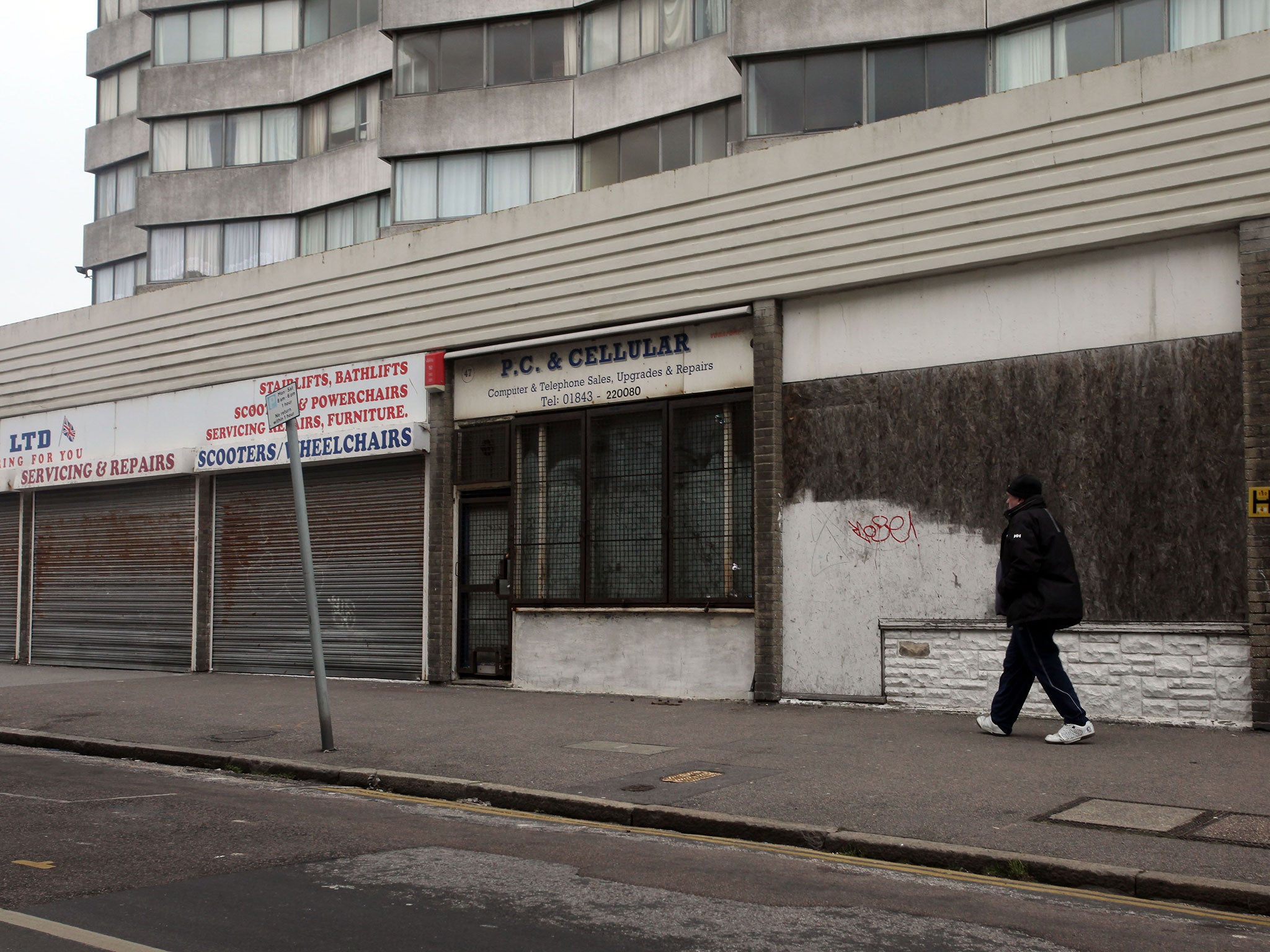
"We want to be part of the Hastings scene," Liz ads. "We don't want to get rid of the amusement arcades and the mini-golf course and the 'kiss-me-quick' side of things. The town is big enough to accommodate everyone." But she also knows that if she dilutes quality in the quest for relevance she'll be letting the town down: "There's no reason why Hastings shouldn't have a world-class art gallery." It has a growing community of artists, after all, lured down to the coast by affordable properties and access to inspiring countryside. The financial incentives don't need to be elaborated on.
But speaking to me from around the coast, at the Turner Contemporary gallery in Margate, Karen Eslea, its head of education, has the economics at her fingertips: "Our presence has generated £41m for Margate in five years. We've increased spend by encouraging people to stay overnight. It's the equivalent of a £6m advertising spend. There are 72 new businesses the creation of which can be attributed to our presence. That's a huge number of jobs…"
But the real return has been in engendering "civic pride", she says: "We worked hard to avoid the accusation of elitism… Regeneration is a long game – as the word suggests! Lots of the local children now say that they've visited us, and in a generation, it'll just be normal."
The art-at-the-seaside trend can't be divorced from another: that seaside towns are attracting more middle-class residents pushed out of London by ever-upwardly soaring house prices, and facilitated by the increasing possibilities of working from home with the internet replacing the need to commute. And around them, they forge the kind of environment they find comfortable, whether "small-plate" restaurants, retro and vintage shops or Farrow & Ball bespattered cafés. They also become involved in community projects, such as the reopening of piers and general civic betterments – a prolixity of solutions which may be facilitators for improvement but are not themselves going to erode the plight of the very many thousands of deprived families trapped in monstrous cycles of poverty and low aspiration.
Which is why I return to the beginning. Yes, there are burgeoning signs of gentrification at the seaside. But that's not to say that the old evils are on their way out.
Tom Blass is author of 'The Naked Shore: Of the North Sea' (Bloomsbury, £20)
Join our commenting forum
Join thought-provoking conversations, follow other Independent readers and see their replies
Comments